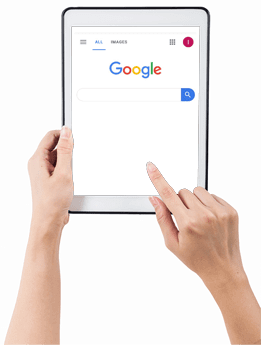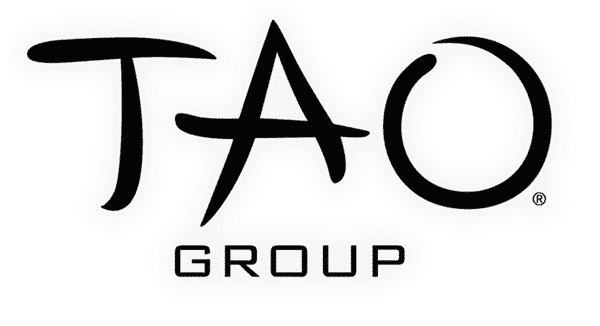
Rumors have been swirling around the PPC world lately about the death of last-click attribution modeling. An attribution model is the set of rules used by AdWords to figure out how to assign credit for a conversion. Last-click attribution has been the default in AdWords for as long as I can remember, so this change is a big one.
Assigning credit for a conversion seems simple, right? If the keyword leads to a conversion, it gets the credit. However, things get a lot more complicated in practice. Consider these three questions:
- Which keywords/ads lead to a particular conversion?
- What if someone clicked several ads before converting?
- Should only the last ad get the credit, or should the conversion be divided up between all the ads that contributed to it? If so, how exactly should the conversion be divided?
Google answers these questions with different attribution models. Every business has different goals. As such, there isn’t a simple answer for which attribution model is best for your business.
Different Attribution Models
Last-Click
Last-click attribution has one thing going for it: simplicity. There is no partial credit for keywords that lead to a conversion down the road, no fancy algorithm for determining which ad gets credit, no infamous Google trickery to speak of. With last-click attribution, the last keyword that the user typed before converting, and the last ad they clicked on, get full credit for that conversion.
Now that it’s looking like Google is going to remove last-click as an option, it’s a good time to figure out which alternative attribution model you should adopt. Your options are: first-click, linear, position-based, time-decay, and data-driven.
First Click
This attribution model is as simple as last-click. Instead of the last-click getting all the credit, the first click gets all the credit.
Linear
This attribution model gives partial credit to every click in the process that leads to a conversion, with the first and last clicks both getting equal credit.
Position-Based
The position-based attribution model gives 40% of the credit to the first click, 40% to the last click, and the remaining 20% gets divided evenly between all other clicks.
Time-Decay
The time-decay model assigns more credit to a click that occurred more recently. For example, a click that leads to a conversion after several days gets less credit than a click which leads to a conversion within an hour.
Data-Driven
Of all the attribution models, the data-driven model is by far the most opaque. It uses a variety of factors from the conversion data in your account, runs that data through Google’s algorithm, and then automatically decides how credit should be assigned. This model is unavailable for unless your account has at least 15,000 clicks and 600 conversions within 30 days.
Picking the Right Model For Your Business

Each model has its pros and cons. First-click is probably best for advertisers who just want exposure and care less about which particular click converted. On the other hand, the linear model is probably best for an advertiser who wants to see exactly how every single click contributed to a conversion.
This is where your unique business goals enter the picture. What are you using AdWords for? To drive clicks and traffic? To generate calls for your services? To identify leads and bring them into the sales funnel?
Answer this question goes a long way towards determining the right attribution model for your business. The metrics you use to determine success are different for each, and you’re going to want to measure them the right way.
That’s where Next Level comes to the rescue. Contact us today and we’ll help you figure out which attribution model is right for you and your business.




































